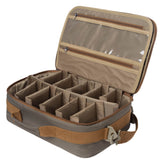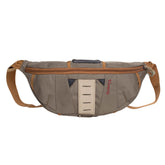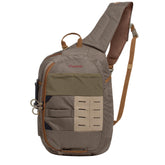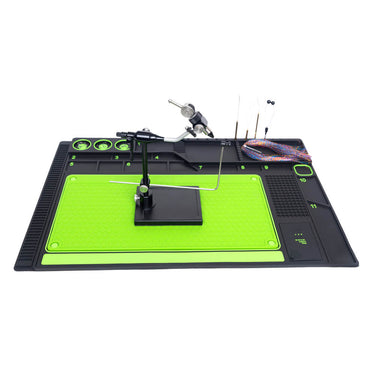Unconventional Angling: Targeting Common Carp on the Fly
Fly fishing for common carp (Cyprinus carpio) can be an exciting and challenging pursuit, as carp are wary, powerful, and selective feeders. While not traditionally targeted by fly anglers, carp have gained popularity as a "freshwater bonefish" due to their strength and intelligence. Here’s a guide to help you succeed:
1. Understanding Carp Behavior
Feeding Habits: Carp are omnivorous bottom-feeders, eating aquatic insects, crustaceans, vegetation, and detritus. They often "mud" the bottom, creating visible feeding signs (clouds of sediment or bubbles).
Selectivity: They are cautious and may refuse flies if they sense something is off (e.g., unnatural movement or size).
Water Temperature: Carp are most active in warm water (60–75°F / 15–24°C), making spring and summer prime seasons.
2. Fly Selection
Carp flies imitate their natural food sources. Key patterns include:
Nymphs/Wet Flies:
San Juan Worm (red, brown, or pink)
Beadhead Hare’s Ear
Carp Carrot (orange or red)
Backstabber (for deeper feeding)
Crustacean Imitations:
Crayfish Patterns (near rocky or weedy areas)
Scud Patterns (olive or tan)
Terrestrials:
Foam Beetles or Ants (summer surface feeding)
Egg Flies (for carp near spawning areas)
Size: #6–12 hooks are ideal; smaller for selective fish, larger for aggressive feeders.
3. Gear Setup
Rod: 6–9 wt fly rod (7–8 wt is ideal for larger carp and windy conditions).
Reel: Strong drag system (carp make long, powerful runs).
Line: Weight-forward floating line (for shallow water) or sink-tip/intermediate line (deeper water).
Leader/tippet: 9–12 ft leader, 0X–3X fluorocarbon (abrasion-resistant and low-visibility).
4. Presentation & Techniques
Sight Fishing: Spot carp tailing, cruising, or feeding in shallow water (1–4 ft deep). Cast ahead of their path.
Dead-Drifting: Let the fly sink naturally to the bottom; carp often pick up stationary food.
Strip-Setting: When you see the carp take the fly, strip-set (don’t trout-set) to avoid pulling the fly away.
Stealth: Approach slowly, avoid shadows, and make soft presentations.
5. Locations to Target
Shallow Flats: Carp feed in warm, sunlit shallows.
Weedy Margins: Look for cruising fish near vegetation.
Muddy Bottoms: Feeding carp stir up sediment.
Spawning Areas: In spring, carp congregate near shallow gravel or reeds.
6. Playing & Landing
First Run: Let the carp take drag; don’t force it.
Side Pressure: Use the rod to steer the fish away from snags.
Landing: Use a net (carp have soft mouths; avoid lifting by the fly).
7. Conservation
Handle carp gently (wet hands, support the belly).
Avoid fishing during spawning (stress can harm reproduction).
Final Tip
Carp fishing requires patience—they often ignore flies or spook easily. Focus on clear water, sunny days, and subtle presentations. When you hook one, enjoy the fight!
Would you like recommendations for specific waters or seasonal tactics?















